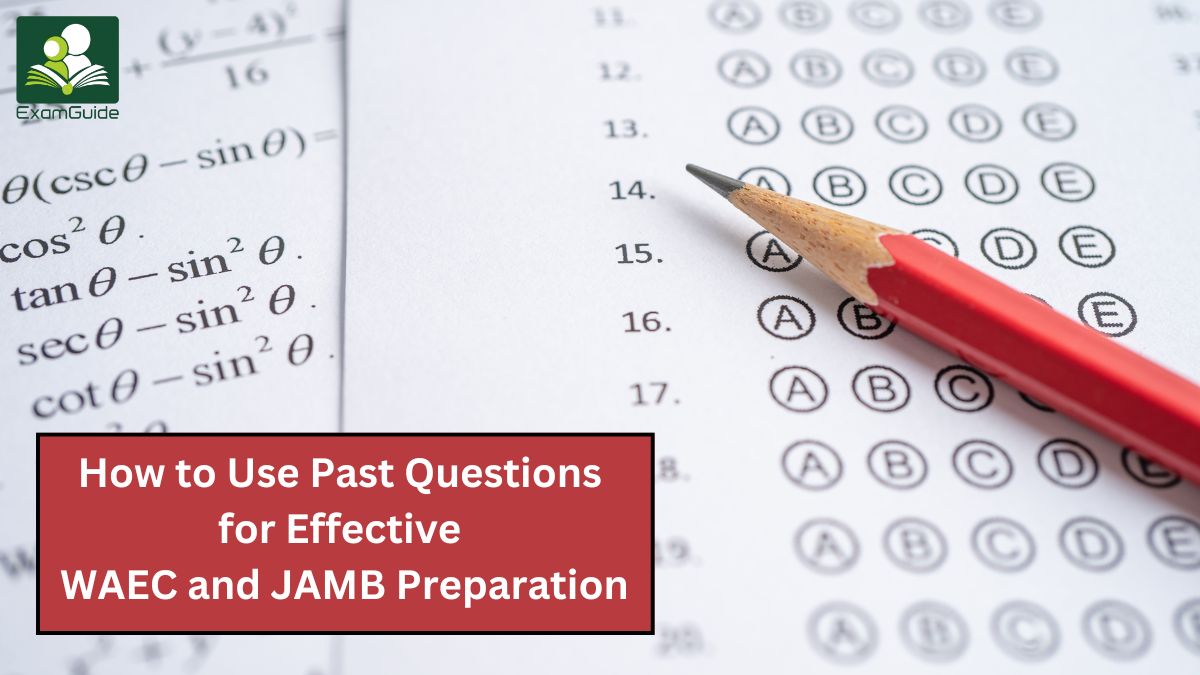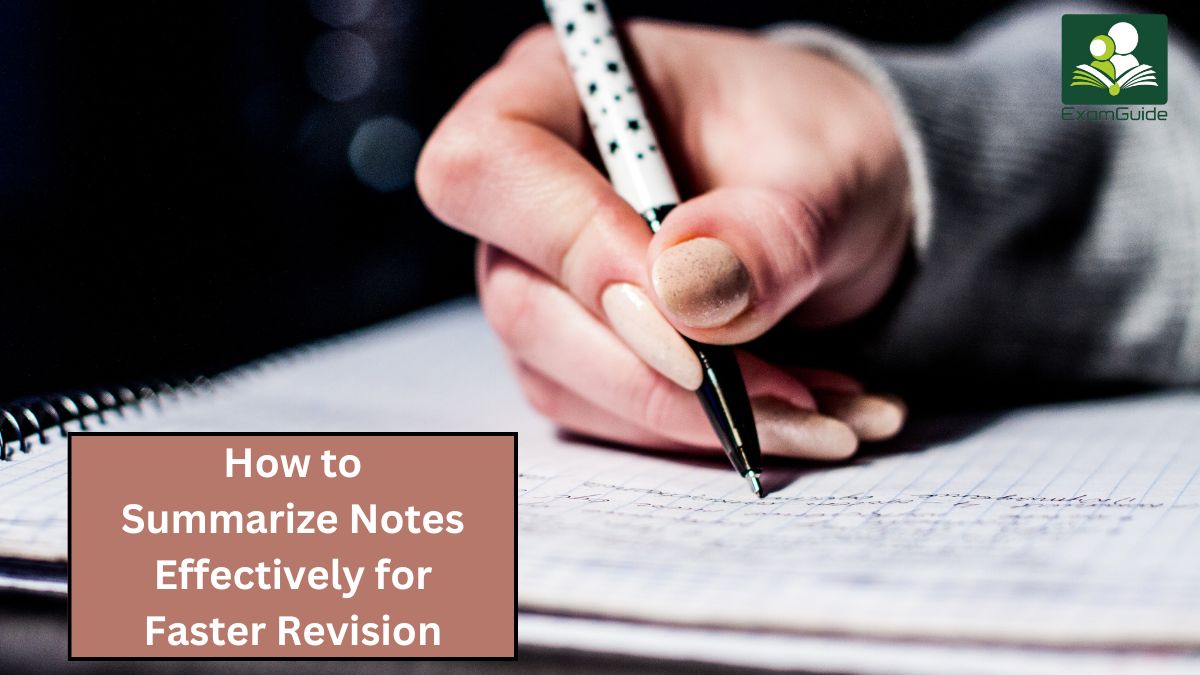
Effective Study Techniques for WAEC Literature-in-English: How to Analyze Themes and Characters
When preparing for the West African Examinations Council (WAEC) literature exam, one of the key skills that can help students succeed is the ability to effectively analyze themes and characters in the prescribed texts.
Literature is not just about memorizing summaries of the stories; it requires a deeper understanding of the ideas, messages, and characters that the author has developed.
This article will guide you through the process of analyzing themes and characters in literature, providing practical tips for excelling in your WAEC literature exam.
Table of Content
What is the importance of analyzing themes in literature?
Understanding the Role of Themes in Literature
Analyzing Characters in Literature
Tips for Analyzing Themes and Characters for WAEC
What is the importance of analyzing themes in literature?
Analyzing themes in literature is essential because themes are the underlying messages or central ideas that give depth and meaning to a text. Here's why this analysis is so important:
- Deeper Understanding: Themes reveal the core issues or perspectives the author aims to convey, helping readers grasp the text's true purpose. By identifying and analyzing themes, you move beyond the plot and characters to understand the broader implications of the story.
- Connecting to Real-World Issues: Themes often reflect real-world challenges, social issues, or universal human experiences, such as love, justice, freedom, and identity. This connection helps readers relate literature to their own lives, making the text more impactful and memorable.
- Supporting Critical Thinking: Analyzing themes encourages readers to think critically and ask deeper questions, such as Why did the author emphasize this theme? or How does this theme affect the characters and plot? This process develops analytical skills that are valuable in both academic and personal contexts.
- Enhancing Exam Responses: In exams, understanding themes is crucial, as many literature questions focus on analyzing or discussing the thematic elements of a text. Being able to discuss themes with evidence from the text shows examiners that you have a strong comprehension of the material and can interpret it at a deeper level.
- Appreciating Authorial Intent: Themes often reflect the author's viewpoints, cultural background, or intentions. By analyzing these elements, readers gain insight into the author’s perspective and can better appreciate the craftsmanship involved in creating a story with lasting meaning.
Understanding the Role of Themes in Literature
In literature, a theme is the central idea or underlying message that the author explores throughout the story. Themes are often universal concepts such as love, power, corruption, friendship, or betrayal. When analyzing themes in a WAEC literature exam, it is essential to focus on how these themes are developed through the narrative and characters.
Here's how to analyze themes effectively:
1. Identify the Main Themes
Before you can analyze a theme, you need to be able to identify it. Start by asking yourself what the author is trying to convey through the characters' actions, the plot development, and the setting. For example, if a story revolves around a character’s journey from innocence to experience, the theme might focus on coming-of-age or loss of innocence.
2. Examine How the Author Develops the Theme
Once you’ve identified the theme, think about how it is developed throughout the text. Is it revealed through dialogue, the actions of the characters, or the events that unfold? Look at key moments in the text where the theme is most evident. For example, if a theme is betrayal, analyze the moments in the story when characters betray one another and how these moments influence the overall plot.
3. Link the Theme to the Characters
Themes in literature are often conveyed through the characters. For example, a theme of corruption can be explored through a character’s moral descent. As you study literature for WAEC, consider how each character contributes to the development of the theme. What choices do they make that reveal deeper aspects of the theme? How do their actions reflect the author’s message?
4. Look for Symbolism and Motifs
Authors often use symbols and motifs to reinforce themes. A symbol is a physical object, person, or event that represents a larger idea. For instance, a bird might symbolize freedom, while a storm might symbolize turmoil or conflict. Identifying these symbols can help you understand how the theme is developed on a deeper level.
5. Make Connections with Real-world Issues
Many themes in literature are related to social, political, or personal issues. As you study literature for WAEC, try to connect the themes in the text to real-world scenarios. For example, a story about the struggles of marginalized communities might be a reflection on the theme of social injustice. These connections will demonstrate your understanding of the text’s relevance beyond the classroom.
Analyzing Characters in Literature
Character analysis is another crucial aspect of studying literature for WAEC. Characters are the driving forces behind the plot, and their actions, motivations, and development can reveal much about the themes and messages of the text. Here's how to analyze characters effectively:
1. Identify the Protagonist and Antagonist
The first step in character analysis is to identify the protagonist (the main character) and the antagonist (the character or force that opposes the protagonist). In many cases, the protagonist is the character you will focus on the most, as their journey is central to the story. The antagonist, on the other hand, often serves as a foil to the protagonist, highlighting key aspects of their personality and motivations.
2. Analyze the Character's Personality and Traits
To understand a character, you need to examine their personality and traits. Are they kind, selfish, ambitious, or empathetic? Pay attention to how the author uses descriptive language, dialogue, and actions to develop the character's personality. For example, if a character is portrayed as loyal and courageous, they may be idealistic, standing up for what is right despite obstacles.
3. Examine the Character’s Motivation and Goals
What drives the character? Understanding a character’s motivation is key to understanding their actions and decisions. A character’s motivation could be something internal, like the desire for revenge or self-discovery, or external, such as survival or love. Ask yourself what the character wants and what obstacles they must overcome to achieve their goal.
4. Study the Character’s Development (Character Arc)
In most literature, characters undergo some form of development or change. This is known as the character’s arc. Does the character learn something about themselves or the world around them? Do they evolve as a person, or do they remain the same throughout the story? Examining how a character changes over the course of the narrative can give you insights into the author’s message. For example, a character who starts out naive but grows wiser could be a representation of growth or maturation.
5. Understand the Role of Supporting Characters
While the protagonist is central to the story, don’t forget to consider the supporting characters. Often, these secondary characters serve to highlight certain aspects of the protagonist or add depth to the story. For example, a character who acts as a mentor to the protagonist can represent wisdom or guidance, while a rival may embody conflict and challenge. Analyze how these characters interact with the main character and how they influence the plot.
6. Consider the Character’s Relationships
Relationships between characters can also reveal a lot about their personalities and motivations. Are the characters friends, rivals, or lovers? How do these relationships evolve throughout the story? The way characters interact with one another can provide clues about their desires and conflicts, and understanding these dynamics can help you analyze the text more thoroughly.
Tips for Analyzing Themes and Characters for WAEC
1. Take Notes and Highlight Key Passages
While studying the prescribed texts, take notes on key themes, characters, and events. Highlight passages that you think are important for your analysis. This will give you a solid foundation when writing your answers for the exam.
2. Practice Past Questions
Practising past WAEC questions can help you understand how to apply your knowledge of themes and characters in an exam setting. Pay attention to how the questions are structured and focus on demonstrating a deep understanding of the text in your responses.
3. Write Essays with Structured Arguments
When answering exam questions on themes or characters, structure your responses with clear arguments. Start with a thesis statement that answers the question, then provide evidence from the text to support your points. Conclude with a summary that ties your analysis back to the central theme or character you’ve discussed.
4. Use Quotations
Support your analysis with direct quotes from the text. Quotations demonstrate your understanding and allow you to provide specific evidence for your interpretations. Make sure to explain the significance of the quotes and how they contribute to the overall theme or character development.
Conclusion
Studying literature for WAEC requires more than just memorizing plot summaries; it demands a deeper engagement with the themes and characters of the texts. By analyzing themes, understanding character development, and recognizing the role of symbols, students can unlock a richer understanding of the text and excel in their WAEC literature exams.
Remember, literature is a reflection of life, and the skills you develop while analyzing these works will serve you well beyond the classroom.
Frequently Asked Questions
1. How to answer literature in WAEC?
Answer:
To answer literature questions effectively in WAEC, begin by thoroughly reading the question to understand what is being asked. If the question asks about a theme, identify the theme in the text and support your answer with relevant examples and quotes.
If it asks about a character, describe the character's traits, actions, and development, then explain how these contribute to the overall theme or message of the text. Structure your answer clearly with an introduction, body, and conclusion, ensuring that each point is backed up with specific evidence from the text. Always refer to the text and avoid generalizations.
2. Is literature a difficult subject?
Answer:
Literature can be challenging for some students, especially because it requires an analytical approach rather than rote memorization. Understanding and analyzing themes, characters, and literary techniques can be complex.
However, with consistent reading, practice, and developing a deeper understanding of the text, students can make literature more manageable. Regular engagement with the material and practising past questions will help in building confidence and improving performance.
3. How to get an A in WAEC Literature-in-English?
Answer:
To get an A in WAEC literature, it's important to understand the text deeply. Focus on studying the key themes, characters, and the plot, as well as the author’s writing style and literary devices. Make sure to practice analyzing different aspects of the text and answer past questions.
Develop your writing skills by practising clear, well-structured essays that directly answer the questions. Also, ensure you understand the structure of literature questions and how to respond effectively, making use of textual evidence in your answers. Consistency, practice, and comprehension are key to acing the exam.
5. How can I identify a theme in a literature text?
Answer:
To identify a theme, look for repeated ideas or concepts throughout the story. Pay attention to what the main characters experience or struggle with, as their actions and decisions often reflect the central theme. Also, observe the setting, symbols, and conflicts in the narrative—these elements often provide clues about the theme. Once you’ve identified the theme, you can support it with specific examples from the text.
6. How do I analyze a character in a literature exam?
Answer:
When analyzing a character, start by looking at their actions, behaviour, and how they relate to other characters. Consider their personality traits, motivations, and how these influence the plot. Examine how the character changes throughout the story—this is known as the character arc. Finally, discuss how the character’s development contributes to the overall theme of the text. Use direct quotes from the text to support your analysis.
7. How do symbols and motifs relate to the theme of a text?
Answer:
Symbols and motifs are recurring images, objects, or ideas that carry symbolic meaning and often reinforce the central theme of a text. For example, a storm might symbolize conflict or turmoil, while an open road might represent freedom or a new beginning.
By analyzing these symbols, you can gain a deeper understanding of the themes the author is exploring and how they are expressed throughout the text.
8. What should I focus on when studying WAEC literature?
Answer:
When studying WAEC literature, focus on understanding the prescribed texts' main themes, characters, and key events. Pay close attention to the author's style, literary devices such as symbolism, irony, and metaphors, and plot development. Additionally, practice writing clear, concise answers to potential exam questions, and review past questions to become familiar with the exam format.
9. How can I improve my writing skills for WAEC literature?
Answer:
Improving your writing skills for WAEC literature involves practice and planning. Start by organizing your thoughts before writing your response, ensuring that each point you make is relevant and supported by evidence from the text. Work on writing clearly and concisely, making sure your arguments are coherent and well-structured. Also, read past essays and model answers to learn how to present your analysis effectively.
10. How do I manage my time during the WAEC literature exam?
Answer:
Time management is crucial during the WAEC literature exam. Start by reading all the questions carefully, and then decide which ones you feel most confident answering.
Allocate enough time for each question, making sure you spend sufficient time analyzing and structuring your answers. Avoid spending too long on any single question, and leave some time at the end to review your work.
No comment found
Related Posts

Top 20 Motivational Quotes for Students to Work Hard

How to Use Past Questions for Effective WAEC and JAMB Preparation

Language barriers in Nigerian Education and how to Overcome them

How to Excel in Mathematics: Tips for Nigerian Students

How to Summarize Notes Effectively for Faster Revision


